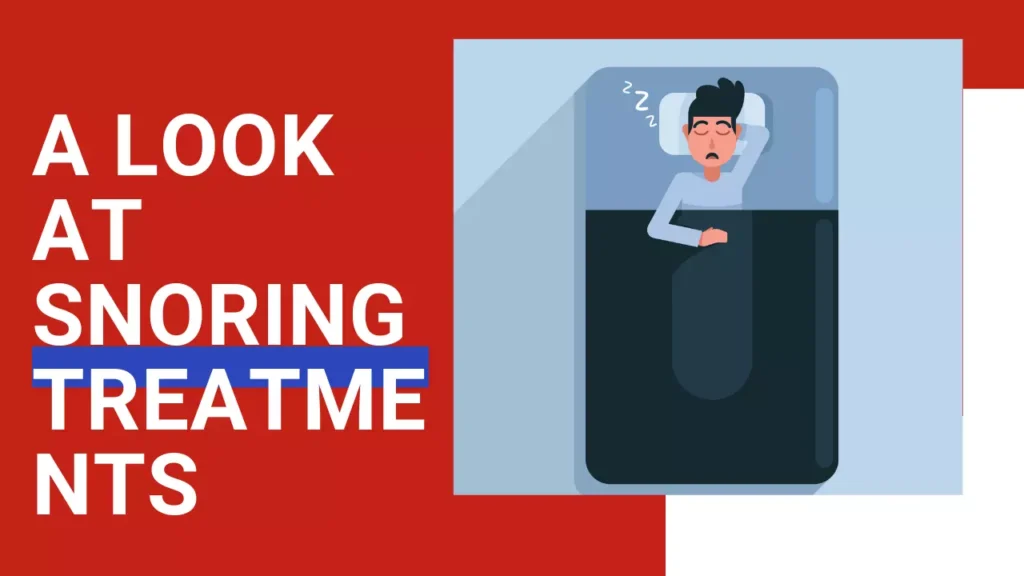
Dealing with lower back pain can be a real challenge, impacting your daily activities and overall well-being. One common question that arises is whether stretching is a beneficial or harmful practice for those experiencing discomfort in the lower back. This article aims to provide insights into this matter, exploring various aspects and considerations.
Understanding Lower Back Pain
Before delving into the stretching dilemma, it’s crucial to comprehend the nature of lower back pain. This type of discomfort can stem from various causes such as muscle strain, ligament sprain, herniated discs, or even poor posture. The intensity and persistence of the pain can vary, making it essential to approach any potential remedy with caution.
The Benefits of Stretching
1. Improved Flexibility
Stretching promotes flexibility, helping to alleviate stiffness in muscles and joints. Gentle stretching exercises can enhance your range of motion, potentially reducing the strain on your lower back.
2. Enhanced Blood Circulation
Engaging in stretching activities can boost blood circulation, providing the muscles in your lower back with essential nutrients and oxygen. Improved circulation aids in the healing process and may contribute to pain relief.
3. Stress Reduction
Chronic pain often leads to increased stress levels. Regular stretching sessions, particularly those incorporating mindful techniques like deep breathing, can help alleviate stress. Stress reduction can indirectly contribute to lower back pain management.
Stretching Do’s and Don’ts
1. Do: Gentle Stretches
- Opt for gentle stretches that target the muscles around the lower back.
- Gradual, controlled movements can prevent further strain and minimize the risk of aggravating existing pain.
2. Don’t: Overexert Yourself
- Avoid intense stretches or pushing your body beyond its limits.
- Overstretching may exacerbate the pain and potentially cause additional damage.
- Listen to your body and prioritize comfort over intensity.
3. Do: Focus on Multiple Muscle Groups
- Incorporate stretches not only for the lower back but also for surrounding muscle groups.
- Hamstrings, hip flexors, and abdominal muscles play a role in supporting the lower back, so a comprehensive approach is beneficial.
4. Don’t: Neglect Professional Advice
- If your lower back pain persists or worsens, seeking professional advice is paramount.
- A healthcare professional can provide personalized guidance based on the specific nature of your pain and overall health.
When Stretching Might Not Be Advisable
1. Acute Pain Episodes
- During acute pain episodes, when the discomfort is intense and sudden, it’s advisable to refrain from stretching.
- Instead, focus on gentle movements and consult a healthcare professional for appropriate interventions.
2. Certain Medical Conditions
- Individuals with specific medical conditions, such as herniated discs or spinal stenosis, should approach stretching cautiously.
- In such cases, tailored exercises prescribed by a healthcare professional may be more suitable.
3. Lack of Warm-up
- Stretching cold muscles can lead to injury.
- Ensure you warm up adequately before engaging in stretching exercises.
- Gentle aerobic activities like walking can prepare your muscles for stretching.
Detailed Stretching Techniques for Lower Back Pain
| Stretching Technique | Description | Impact on Lower Back Pain | |
|---|---|---|---|
| 1 | Child’s Pose | Kneel on the floor, sit back on your heels, and reach your arms forward. | Relieves tension in the lower back and stretches the spine. |
| 2 | Cat-Cow Stretch | Start on hands and knees, arch your back up and then dip it down. | Improves flexibility and mobility in the spine. |
| 3 | Knee-to-Chest Stretch | Lie on your back, bring one knee to your chest, and hold. Switch legs. | Targets the lower back and helps release tightness. |
| 4 | Seated Forward Bend | Sit with legs extended, hinge at the hips to reach towards your toes. | Stretches the lower back and hamstrings. |
| 5 | Piriformis Stretch | Lie on your back, cross one ankle over the opposite knee, and pull towards your chest. | Alleviates tension in the piriformis muscle, which can impact the lower back. |
| 6 | Standing Back Extension | Stand with hands on hips, gently lean back, arching the spine backward. | Strengthens the back muscles and improves posture. |
| 7 | Pelvic Tilt Stretch | Lie on your back, bend your knees, and engage your core to tilt your pelvis up and down. | Targets the muscles supporting the pelvis and lower back. |
| 8 | Thoracic Rotation Stretch | Lie on your side with knees bent, arms straight in front. Rotate your upper body, keeping hips stable. | Enhances thoracic spine mobility, reducing strain on the lower back. |
| 9 | Hip Flexor Stretch | Kneel with one foot forward, push your hips forward, and engage your core. | Releases tension in the hip flexors, which can affect the lower back. |
| 10 | Supine Twist | Lie on your back, bend your knees, and drop them to one side while keeping your shoulders on the ground. | Promotes spinal rotation and releases tension in the lower back muscles. |
These stretching techniques offer a variety of options for individuals with lower back pain. Remember to start with gentle movements and gradually progress, choosing stretches that feel comfortable and effective for your specific needs. Consult with a healthcare professional if you have concerns or persistent pain.
Incorporating Stretching into Your Routine
1. Regularity is Key
- Consistency is vital when incorporating stretching into your routine.
- Aim for a balanced schedule, and don’t expect immediate results.
- Gradual improvements are more sustainable and less likely to lead to injury.
2. Combine Stretching with Strengthening
- While stretching is beneficial, combining it with strengthening exercises can provide comprehensive support for your lower back.
- Consult a fitness professional for a well-rounded exercise routine.
3. Mindful Movement Practices
- Mindful movement practices such as yoga and tai chi can offer a holistic approach to managing lower back pain.
- These activities integrate stretching, strengthening, and mindfulness techniques.
Certainly! Below is the revised list with rich anchor texts and links to the mentioned products and services, along with some free photos to enhance the visual appeal:
Conclusion: Balancing Act
In conclusion, the decision to stretch when experiencing lower back pain is a nuanced one. While gentle stretching can offer relief for some, it may not be suitable for everyone. Understanding your body, consulting professionals, and maintaining a balanced approach to stretching are crucial components of effective pain management. Always prioritize your well-being and seek guidance when needed to ensure a safe and effective stretching routine.
Remember: It’s not just about stretching; it’s about stretching right.
Below are some online products and services categorized to help alleviate lower back pain:
Ergonomic Furniture and Accessories
- Ergonomic Office Chairs
- Adjustable Standing Desks
- Orthopedic Seat Cushions
Pain Relief and Support Products
- Back Support Belts
- Heat and Cold Therapy Products
- TENS (Transcutaneous Electrical Nerve Stimulation) Devices
Exercise and Rehabilitation Tools
- Foam Rollers
- Resistance Bands
- Yoga and Stretching Apps
Telehealth Services
- Online Physical Therapy
- Telemedicine Consultations
It’s important to note that before purchasing any product or service, it’s advisable to consult with a healthcare professional, especially for conditions like lower back pain. These products and services can complement a comprehensive approach to managing and preventing discomfort, but individual needs may vary.



